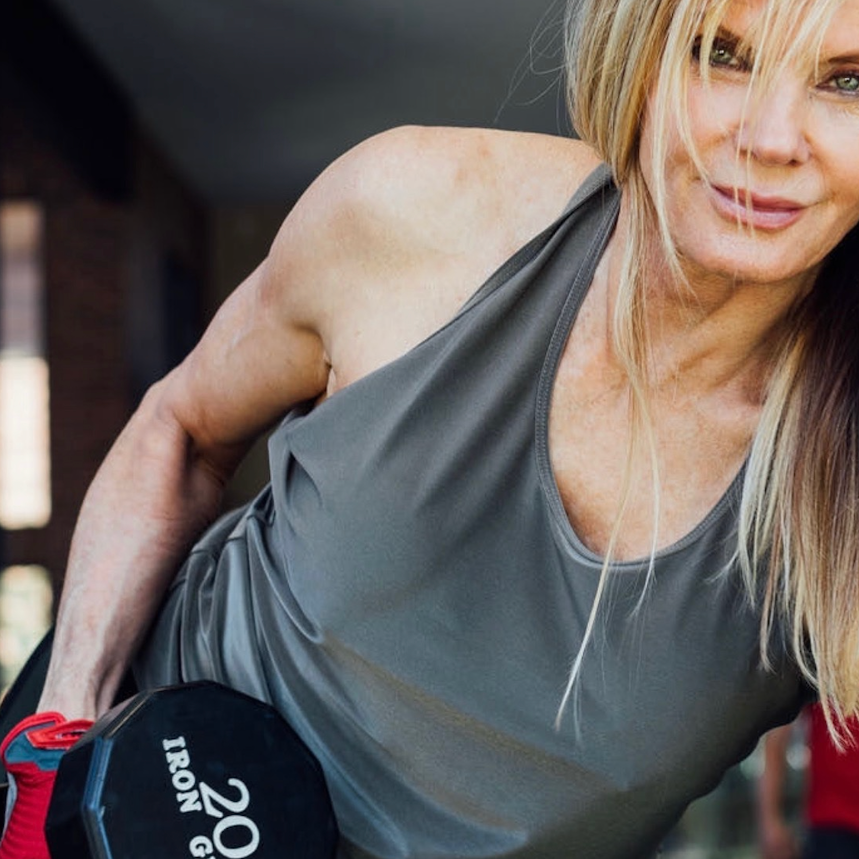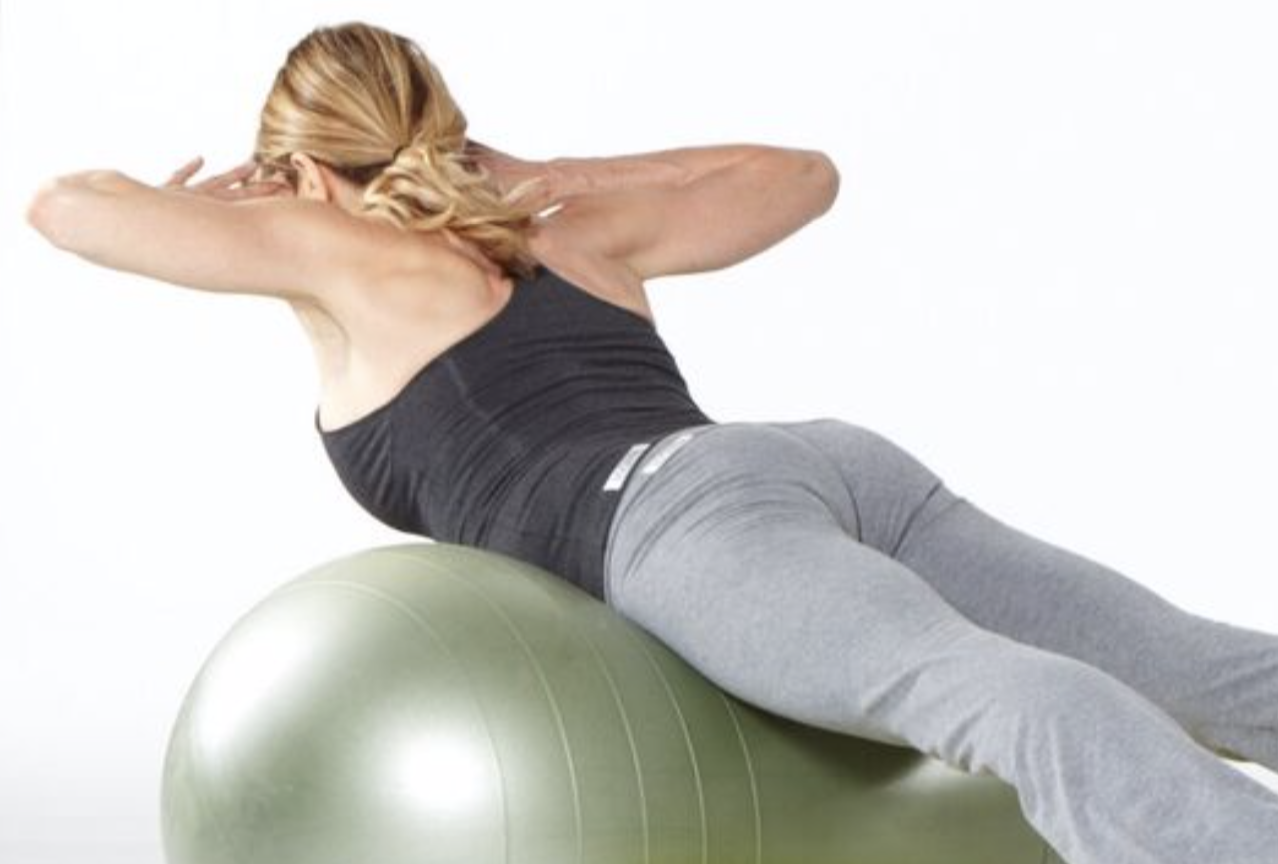Episode 106

Head to Toe
Rethink Your Shape!
With Katy Bowman
From the moment we lift our heads off the pillow and put our feet on the floor… our days are filled with movement. In fact we make hundreds of movement decisions every single day.
For the most part we don’t think of our movements as ‘choices’ ..but in fact whether they are conscious or unconscious – we’re the boss of how our bodies move and the consequences of those choices.
I recently spoke with author Katy Bowman about her newest book: “Rethink your Position” – an updated guide to everyday body alignment and movement. It’s chock-full of sensible – doable solutions to make your body your new best friend.
Back as a guest on this NEW episode of The Art of Living podcast, nobody knows body mechanics quite like Katy. She’s made significant contributions to the field of human movement with her holistic, sensible approach to health… and truly practices what she preaches.
In today’s episode, Katy talks about the numerous benefits of movement, going beyond the obvious to explore lesser-known advantages that you may have never heard about, including the profound effects on your health.
During our conversation, you will discover:
• Katy’s “Head Ramping” technique to save you from “tech-neck”
• The best Sleep shapes for a healthy spine and reduced pain
• Simple, easy toe exercises that lead to Better Balance.
• Why your Calves are your second heart – crucial for good circulation
Enjoy!




